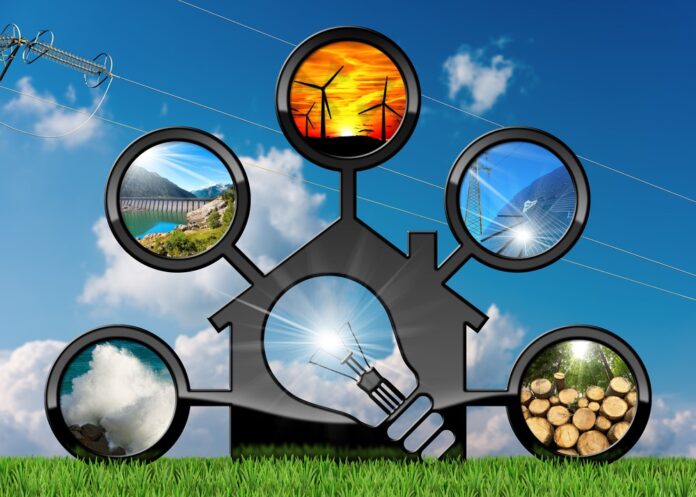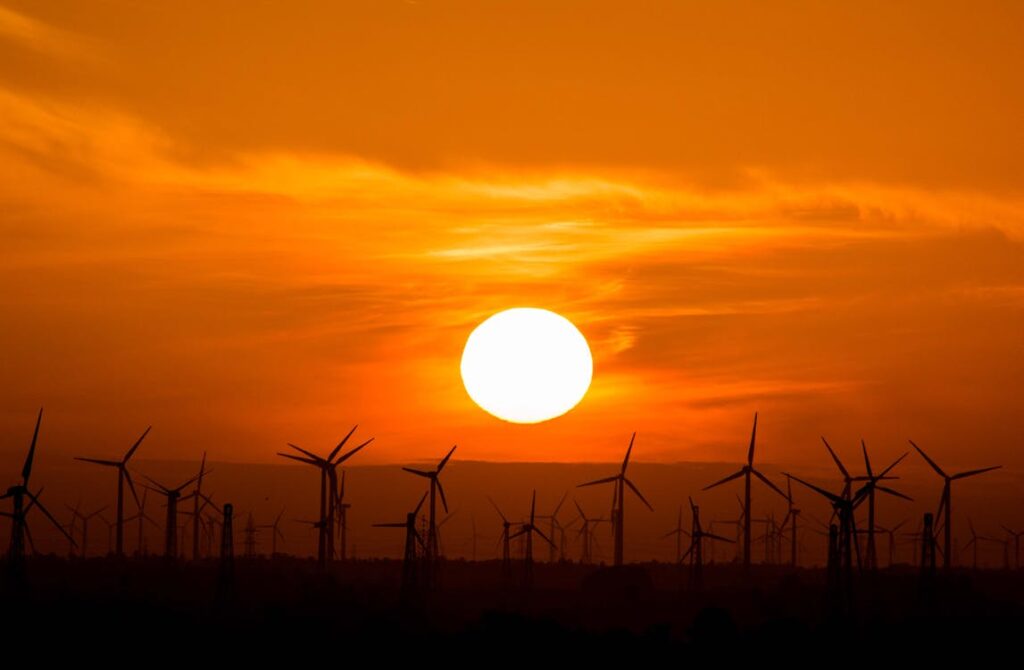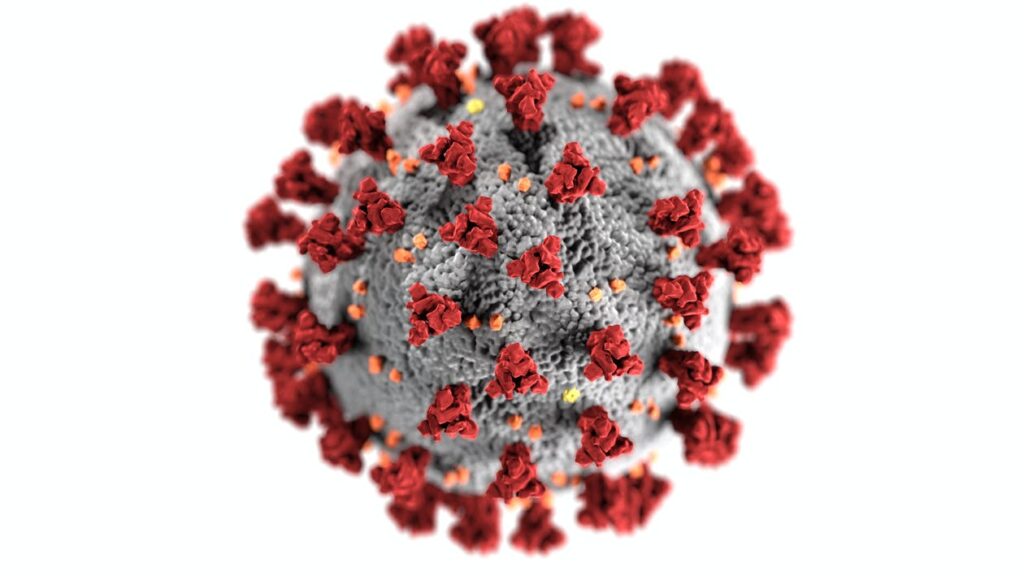
The world’s five official custodian agencies have set a global goal to double the 1990 rate of improvement in energy efficiency, when it was just 1.3%, by 2030. This requires an annual target rate of 2.6%. But by last year (2019) the rate achieved was only 2%, which means the energy intensity rate of improvement required from now until 2030 is at least 3%, probably more.
This is just one of 17 sustainable development goals (SDGs) that were adopted by the United Nations Department of Economic and Social Affairs in September 2015 aiming to achieve sustainable development for all, and, in this way, transform our world in a holistic, inclusive manner so that no-one is left behind. More specifically, the goal is to include people with disabilities of every kind.
The goals range from eradicating poverty and hunger to ensuring there is clean water, sanitation, and affordable, clean energy for all, to reducing inequality, establishing cities and communities that are sustainable, and increasing climate action.
In addition to the 17 global goals, the commitment is to achieve three “extraordinary things” by 2030:
- End extreme poverty
- Fight inequality and injustice
- Tackle climate change
Sustainable Development Goal 7: Affordable and Clean Energy

The primary target of SDG 7 is to achieve a global situation where everyone has access to affordable, reliable, and modern energy services by 2030. Other related targets are to:
- Substantially increase the share of renewable energy in the global energy mix.
- Double the global rate of improvement in energy efficiency.
- improve international cooperation to facilitate access to clean energy research and technology. This includes access to renewable energy, advanced and cleaner fossil-fuel technology, and energy efficiency in general.
- Promote global investment in clean energy technology and energy infrastructure.
- Expand energy infrastructures and upgrade technology that will enable the supply of modern, sustainable energy services for developing countries according to their support programs.
Two terms that are used frequently when discussing clean, affordable energy are energy efficiency and energy intensity.
Energy efficiency relates to a given amount of energy that is produced to make an appliance or machine operate, or to complete an activity like melting tons of steel. It improves when the energy input is reduced. Energy intensity is measured according to the quantity of energy that is needed per activity or unit output, which is simply the inverse of efficiency. In the melting steel example, if the measurement is how much steel can be melted with one megawatt-hour of electricity, the energy intensity is the number of megawatt-hours it will take to melt a ton of steel. So, using less energy reduces energy intensity.
Solar and wind power increase energy efficiency

Energy progress is carefully monitored and assessed by the custodian agencies – the International Energy Agency (IEA), International Renewable Energy Agency (IRENA), United Nations Statistics Division (UNSD), the World Bank, and the World Health Organisation (WHO) – that publish their findings annually.
In the most recent, 2024, edition of Tracking SDG 7: The Energy Progress Report the message is that while “recent” progress in terms of energy efficiency has been greater than indicated by historical trends, rates of improvement have fallen after a period of relatively steady growth to 2017. In 2017, global primary energy intensity was 5.01 megajoules per US$ which were the lowest rate since 2010.
Another important factor is that energy intensity improved overall from 2010-2017, but not across the board. For instance, freight and passenger transportation improved during this period, but the improvement in energy intensity decreased noticeably in the agriculture and services sectors.

There are also significant differences in various parts of the world. The least energy-intensive areas are the Caribbean and Latin America whilst sub-Saharan Africa is the most. Along with the Caribbean and Latin America, the Middle East and northern Africa have shown the least improvement in energy efficiency. From 2010 to 2017, Asia showed the best improvement in energy intensity.
This shows that the challenges are greater in different sectors and in different areas. But the main problem is that with the slowdown in the rate of improvement in energy intensity, the chance of doubling the global rate of improvement in energy efficiency is becoming increasingly unlikely.
The only reasonable chance of achieving energy goals is for governments worldwide to prioritize energy-efficiency policies and investments. They will also need to harness new digital technologies to increase energy efficiency instead of just increasing the global demand for energy.
The custodian agencies believe that, based on the IEA’s Sustainable Development Scenario, it will be possible to meet the 3.6% improvement in energy intensity by 2030. In fact, the Scenario shows that, provided there is the “right” policy support to maximize the potential of energy efficiency, it will be possible to supply 50% of global electricity from modern renewable energy.
However, one of the issues that are particularly important to consider is that The Energy Progress Report 2024 is based on data that was prepared before the COVID-19 pandemic, which has resulted in unpredictable outcomes.
Impact of COVID-19 on Global Energy Efficiency Goals

COVID-19 has impacted global economies and communities in so many different ways including limiting the ability of many households and businesses to pay for the electricity services they need to live and/or operate. For this reason, the authors of Tracking SDG 7 acknowledge that the pandemic will negatively affect the progress of energy transition towards SDG 7.
Additionally, the pandemic has exposed the urgent need for universal access to affordable, sustainable, reliable energy for health facilities and hospitals, schools, communities, and individuals – for everything from accessing the equipment and resources needed to treat patients, teaching children how to tackle a digital economy, and enabling people to access information, to simply being able to pump clean water.
Nobody can say right now what the full impact of the pandemic on energy transition, energy efficiency, access to energy, and the deployment of renewable energy will ultimately be. But we can take steps to increase the chances of the SDG 7 goals succeeding.
One way is to increase our investment in energy efficiency in every possible way, including improving heating, ventilation, and air-conditioning (HVAC systems).
As a company that offers focused on-demand engineering services, New York Engineers strives to help clients increase the energy efficiency of their buildings and encourages them to use renewable energy resources. We, like other firms with the same high values, have also taken steps to help building owners minimize the risks of coronavirus infection by optimizing ventilation systems and improving the quality of air by upgrading the HVAC equipment and undertaking effective building retrofits. This will also be an advantage long-term, in a post-COVID-19 world.
Our reach is national rather than international, but if every engineering firm embraces the challenge to reach global energy efficiency goals within the next decade, maybe we will achieve the targets involved.








